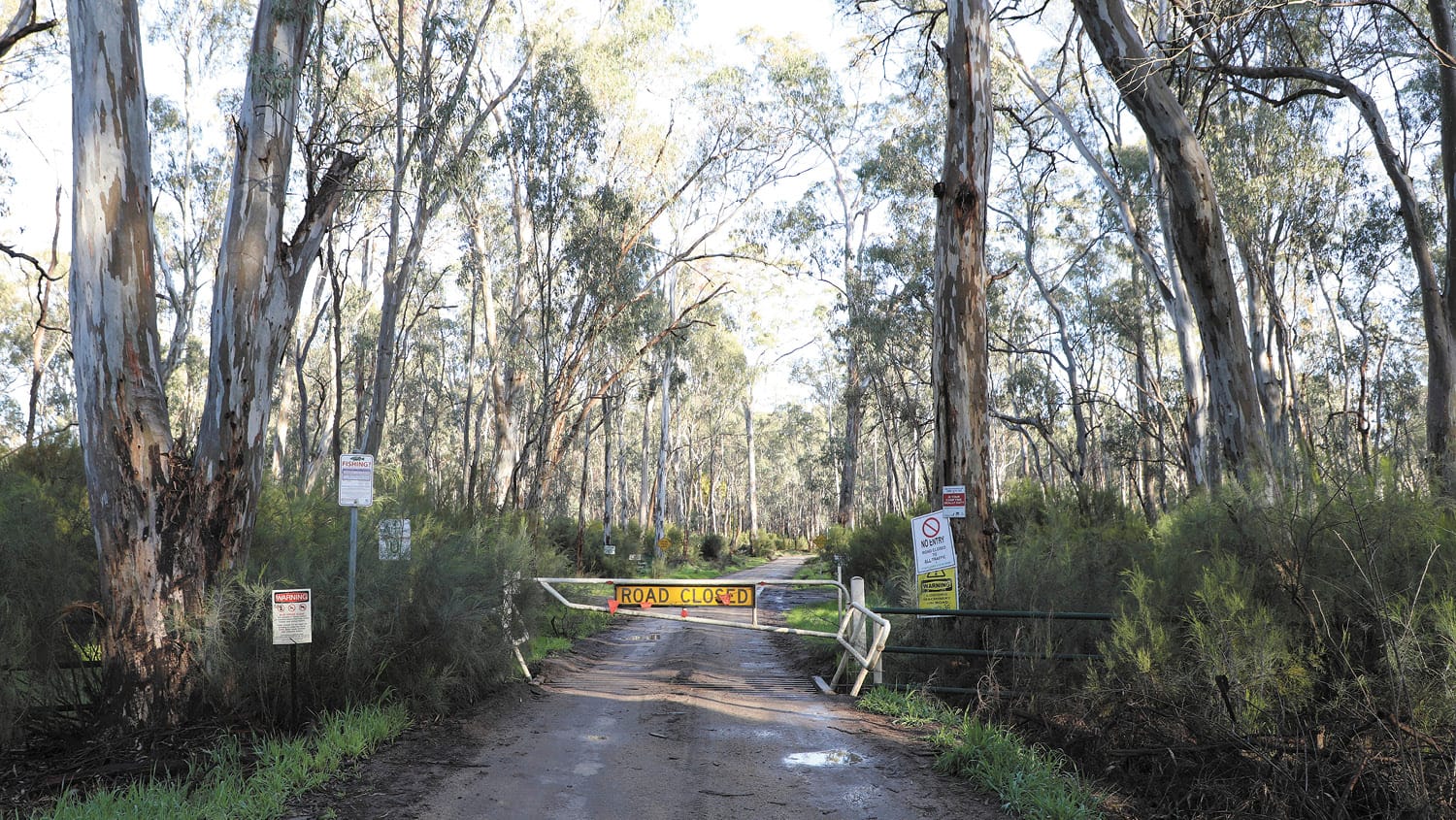Branching Out
Part One of Forestry Conversations A recent controversial social media post has highlighted the importance of communication, engagement and balancing expectations. The target of the post was the red gum forestry operations on Campbells Island back...

Part One of Forestry Conversations
A recent controversial social media post has highlighted the importance of communication, engagement and balancing expectations. The target of the post was the red gum forestry operations on Campbells Island back in early 2020. A meeting held at Murray Connect on Monday, July 25, saw industry, community members and forestry start a conversation over harvesting, management, rules and sustainability. In a three-part article, we will break down some of the rules, regulation and concerns.
Campbells Island, Koondrook and Perricoota State Forests are the last three remaining active working red gum forests in NSW. More than 110,000 hectares of red gum forests have been put into National Parks, red gum reserves or Indigenous protected areas across the state. The changes to forest classifications have social, economic, cultural and ecological impacts. The National Resource Commission identified that red gum forests require intensive, active management to remain a healthy forest due to the aggressive regeneration nature of red gum forests.
After the closure of much of the red gum forests, government stipulated the need for a new rule book for forestry operations. This came in the form of the red gum Integrated Forestry Operations Approval (IFOA) signed off by the Minister for Climate Change and the Environment and the Minister for Primary Industries. The IFOA contains hundreds of conditions covering forest growth, groundcover, harvesting, heritage, flora and fauna. The IFOA for the western red gum timber forests can be found on the EPA website.
Sitting below the IFOA is the Forestry Corporation’s management of state forests. This is certified to Australian Standards for Sustainable Forest Management under the Responsible Wood Certification System, which is recognised through the International Programme for Endorsement of Certification Scheme (PEFC), which guarantees that timber has been grown and harvested from sustainable forests. This certification scheme ensures that operations are conducted in a manner that is sustainable and legal, providing worldwide certification. The certification scheme once again looks at cultural, heritage, timber, forest growth and health. Audits are conducted under the Responsible Board Certification Scheme.
A third layer of regulation is then in place under the legislated Forestry Act. The Act requires timber harvesting licences and contractor licences for forestry operations issued through Forestry Corporation NSW. Forestry Corporation NSW then has environmental policies, which stipulate how the forest is managed in a broad sense and then that breaks down into forestry management systems and ultimately, harvest management plans.
The harvest management plan outlines to the harvest operator or contractor where and how the harvesting operation is to take place. It identifies exclusion zones for flora and fauna protection, as well as along wetlands and waterways, areas of cultural significance, areas available to harvest and the various ‘site quality’ of the area to be harvested.
Annual volumes of timber taken are dictated by the IFOA, which is based on inventory data collected from the permanent growth plots across the entire forest estate to determine the growth rates of the forest. This volume is then allocated to customers through wood supply agreements, which outline the legal commitments by both Forestry Corporation and the customers to supply and take timber. These volumes must comply with caps set within the IFOA. Typically, a wood supply agreement is a 5-year contract, which is broken down into different volumes and specifications for different products, for example, saw logs verses firewood.
To be continued...






